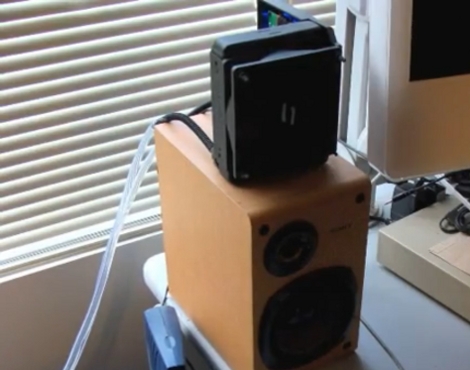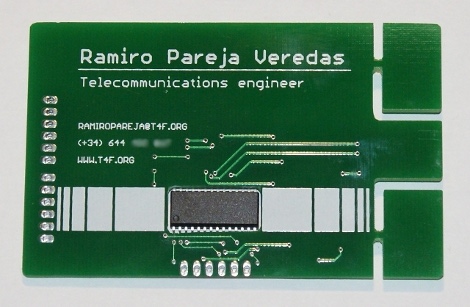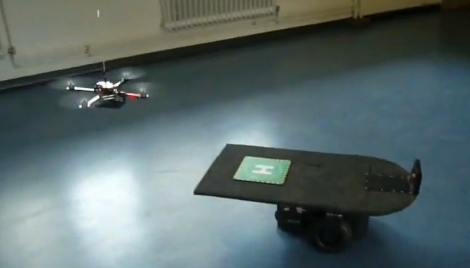![]()
The EyeSeeCam is a rig that attaches to your noggin and points a camera wherever your gaze falls. There’s actually four cameras involved here, one to track each eye via a reflecting piece of acrylic, one as your third eye, and finally the tracking camera above that. There are some legitimate medical uses for this type of technology, but we enjoyed seeing some of the videos that [Johannes Vockeroth] put together showing everyday activities. We’ve embedded several clips after the break including an example of reading a book while wearing the apparatus. The third eye camera provides the wide shot with close-ups of the wearer’s visual focus.
Continue reading “Head Mounted Camera Tracks With Your Eyes”














